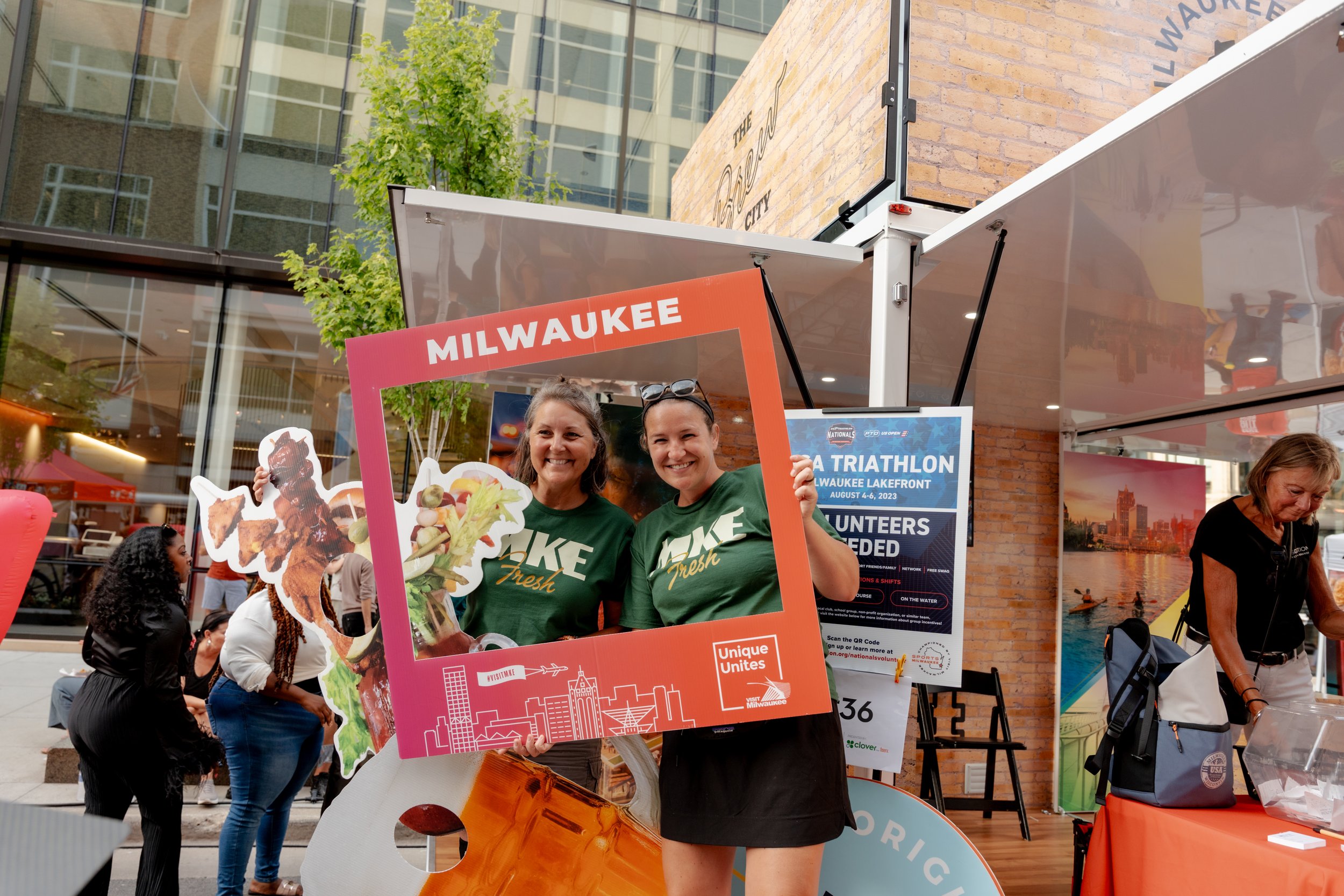How to Plan Events: Step-by-Step Guide to Event Planning with Editable Templates
How to Plan an Event in your Company or Community
Depending on your budget, resources and volunteer capacity, your production may vary, but we suggest following this framework to achieve event planning success.
1. Form your core team.
Your event’s planning core team should include those who have the time, capacity and skill (keenly organized) to assess the needs of your organization and keep the event on track.
There is a balance between too many cooks in the kitchen and not enough support to ensure the event is strong. Each core team member should have a defined role for their contribution – whether it be to lead the event production, manage volunteers or promote the event internally or externally.
2. Design the experience.
What is the event? Why are you doing it? What is the format? Is it in person or online? How will you make your event stand out? Do you have a creative hook to get people to sign up?
Think about the flow of the event. Are you going to feature speakers? If so, how are you ordering them? Will there be a keynote or a panel? Do you want a networking component? Should that be at the beginning or end of the event, or both?
These are just a few of the questions to ask yourself as you design your event experience.
3. If needed, find sponsors.
Sponsors not only help to offset production costs, but they can also add valuable content and expertise to the experiences you’re creating.
It is critical to identify goals with sponsors immediately to make sure their needs are met and their placement within the event makes sense for both parties. Most goals include: brand exhibition, recruitment, employee engagement and/or being positioned as the expert in a specific field or industry.
In a lot of cases, sponsors want their employees or customers to be actively involved in their sponsored events. Working with sponsors to have direct communication to their employees or customers (through newsletters or social media) is an easy way to gain additional attendees. Make sure to provide them with any necessary promotional pieces to help with this: logo files, event schedule, registration links, etc.
4. Identify any partner organizations.
Partners can play an integral role in your event. Though they generally do not provide financial support, partner organizations are a great way to increase your promotional bandwidth and can help diversify your content and audience.
Just like sponsors, partners should help with your event promotion. To make it easier, supply a promotional kit – including photos and prefabricated social media posts – to all partners to make sure everything stays ‘on brand’.
5. Source speakers.
Be sure to feature speakers that are experts in their area and that attendees can identify with and relate to. Ideally, speakers should be able to leave the audience with inspiration, tips, lessons and/or next steps. As your source speakers, make sure that you are featuring diverse voices and viewpoints.
Follow up with your speakers with necessary information: date, time, address or webinar link, arrival time, deadlines, etc. Have prep calls to ensure that they know the goal of the event, practice technology and answer any questions. Also, if applicable, ask your speakers to share the event with their networks as well!
6. Keep everything organized.
Keeping all of your event elements organized in one place is key to a successful, smooth planning process. Create a production document in a spreadsheet with different elements housed in their own tabs.
A production doc should house the following information: a production timeline/checklist with tasks, team assignments, and deadlines, a budget to keep track of what you’re spending and who you’re sending money to, contact and general information for speakers, sponsors, partners, team members, vendors, etc., your event schedule/format, and any other information that you and your team need access to throughout the planning process.
7. Select your venue or web platform.
When choosing a location or web platform, it should be accessible, familiar enough for audience members, comfortable, and accommodating.
In person, there should be access to seats or tables to make it comfortable and easier for people to spend time at your event – as well as space for networking. Virtually, there should be an easy sign-on process and tools for better engagement: polls, Q&A, chat and breakout rooms.
8. Order food and beverage.
If you are supplying food and beverage at your event (or sending care packages to virtual attendees!), remember to support small, local businesses. Work with local cafes, restaurants, breweries and distilleries to supply complimentary food and drinks.
9. Create your marketing plan.
It is very helpful to have a promotional plan and/or calendar in place leading up to your event. Having a strategy to reach the right audiences (without overloading them with information!) is key, while at the same time remembering to promote sponsors, partners and speakers.
To plan ahead and ease stress, use a social media scheduling tool (like Sprout Social, Hootsuite or Later) to draft, schedule and organize posts across different social channels in advance.
If you have the budget and want to reach an even larger audience, consider placing digital advertising. Social media ads allow for very specific targeting and can produce strong results if produced well.
Is your event newsworthy? Depending on the nature of your event or even the notoriety of your speaker, consider sending out a press release to local media. When pitching your event as a story, do your research to find the right contact and personalize your email.
10. Collect RSVPs.
It is very important to collect RSVPs leading up to an event, even though you’re almost certainly not going to see a 100% return rate (even for a ticketed event!) The RSVPs help to estimate attendance for planning needs. It’s also a great way to collect data – you can customize the registration process to include things like job title, company, zip code and more.
Additionally, by collecting email addresses in the registration process, you can then retarget these attendees and reach out to them for future events you host.
11. Write your Run of Show.
A “Run of Show” is an internal document that lists and organizes every aspect of your event in one place. Your core team can refer to this document to understand what they need to do and when, what they need to bring and where they need to go.
A Run of Show includes information like schedules, team assignments, contact information, and supply lists.
12. Send pre- and post-event messages.
Before your event (24-48 hours out), you should send a reminder message to registered attendees with all the important information they need. For in-person events, this should include things like event time, venue address, parking information and any other FAQs. For virtual events, the reminder message should include the event time, event platform, link to sign on and any how-to instructions.
After your event, send a message thanking your attendees and include any follow-up information like: surveys, contact information, speaker presentations, event recordings, and even other upcoming events you are hosting!
13. Don’t forget to document your event!
Collect photos/videos from your event to share on social media and other platforms.
Receive our downloadable event production templates and checklists. Plus, get our guide ’30 Unique Event Ideas to Engage your Employees, Members or Customers.’





